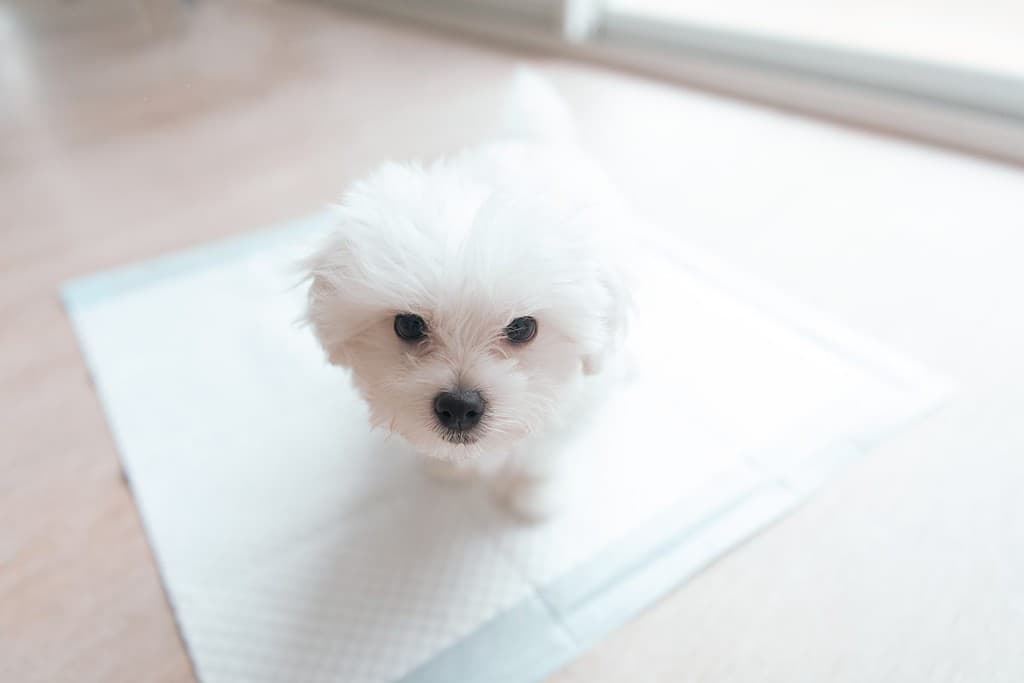Should you adopt a male or female Maltese? What are the differences between them?
You might be surprised to learn that there are very few differences between male and female Maltese. Female Maltese tend to be smaller and reach their full size faster than males. Males are less expensive to neuter, but more prone to run off if unneutered. Each sex experiences its own set of reproductive health problems.
In this article, we’ll discuss six differences between male and female Maltese to help you decide which is right for you. We’ll also discuss some of the differences you may see in intact vs neutered Maltese.
Male vs Female Maltese Comparison
| Male Maltese | Female Maltese | |
| Size | Slightly larger | Slightly smaller |
| Maturity | Physically mature slower than females | Physically mature faster than males |
| Spay and Neuter Costs | Neuters cost less at most clinics | Spays cost more at most clinics |
| Puppy Prices | Males may cost less when sold by irresponsible breeders | Females may cost more when sold by irresponsible breeders |
| Temperament | Intact males are more prone to wander, mark territory, and slightly more likely to show aggression | Intact females go into heat twice yearly |
| Health Problems | At risk for urinary problems, testicular cancer, and enlarged prostate | At risk for breast and ovarian cancers and ovarian cysts |
#1: Male vs Female Maltese: Size

Female Maltese are slightly smaller than males.
©Jeffry S/Shutterstock.com
Though the American Kennel Club (AKC) does not mention a distinct male or female size in their breed standard, males do tend to be a bit larger. Maltese in general stand seven to nine inches and weigh under seven pounds.
Many males exceed this limit and stand closer to nine to ten inches in height, which is measured up to the shoulder. The AKC does specify that the limit isn’t strict, and preference should be given to dogs who are bred well, rather than those who fit within the preferred size range.
#2: Male vs Female Maltese: Maturity
Female dogs tend to mature faster than males, which isn’t limited to Maltese. They will likely reach their full size sooner.
#3: Male vs Female Maltese: Spay and Neuter Costs
Whether you adopt a male or female Maltese, it’s important to be prepared for their costs. If your pup is coming to you intact, it’s best for their health to have them spayed or neutered at an appropriate age.
Spaying a female dog typically costs more than neutering a male dog since the surgery is more invasive and complex. Since this is a one-time expense, it doesn’t play a big role in most people’s decisions, but it’s good to keep in mind nonetheless.
#4: Male vs Female Maltese: Puppy Costs

Some breeders sell females for a higher cost, though we don’t recommend buying from those who do this.
©iStock.com/Foto-front
Reputable breeders shouldn’t charge based on a puppy’s sex or color, and you should seek another if they try.
However, it is true that many irresponsible breeders will charge more for females. This is because many people seeking female dogs may want to breed them in the future.
The reason it’s not good for a breeder to charge based on a dog’s sex is that they should be matching puppies with the best homes based on lifestyle and personality. If finding the best home isn’t at the forefront of the breeder’s mind, and they’d rather make a bit of extra cash, it’s a red flag.
#5: Male vs Female Maltese: Temperament
You won’t see many behavioral differences between male and female Maltese, despite common myths you might hear. There are even fewer differences between them if they’re spayed or neutered.
Intact male dogs are more likely to mark their territory, which may include peeing or pooping indoors. They’re more likely to wander off if allowed, as they’re going to want to seek a mate!
Intact males are also slightly more likely to show aggression. However, this isn’t anywhere near a sure thing! A dog’s genetics, history, and current care are much more reliable predictors of whether they’ll be aggressive.
When it comes to intact females, they’re going to go into heat about twice a year. They’ll bleed, they’ll get noisy, and they’ll likely try to escape home to seek a mate. They’re more likely to wander off at this time if allowed.
Keeping an intact Maltese is a huge responsibility as it puts you at risk of having backyard-bred puppies (which usually means poorly-bred!). Unless you’re planning to breed your dog, it’s usually better for them and you to have them spayed or neutered.
#6: Male vs Female Maltese: Health

There are a few health problems specific to either male or female Maltese.
©gorillaimages/Shutterstock.com
Lastly, male and female Maltese can experience different reproductive health problems, since they have different reproductive systems.
Females are more at risk of mammary cancer and can develop ovarian cysts, cancers, and other health issues.
Males are at greater risk of developing urinary problems and can develop testicular cancer, enlarged prostate glands, and other health issues.
The risk of some of these health problems, such as reproductive cancers, can be reduced by spaying or neutering your dog.
The photo featured at the top of this post is © fotovideoslk/Shutterstock.com
Ready to discover the top 10 cutest dog breeds in the entire world?
How about the fastest dogs, the largest dogs and those that are -- quite frankly -- just the kindest dogs on the planet? Each day, AZ Animals sends out lists just like this to our thousands of email subscribers. And the best part? It's FREE. Join today by entering your email below.
Thank you for reading! Have some feedback for us? Contact the AZ Animals editorial team.







